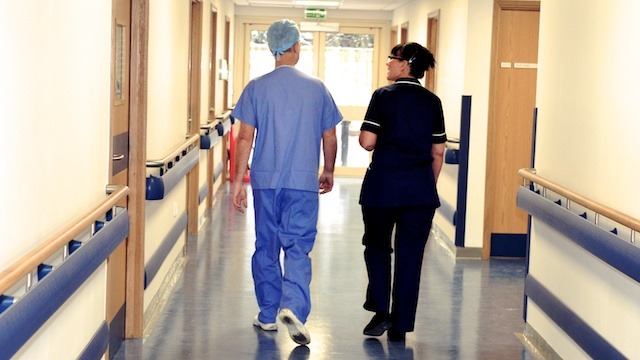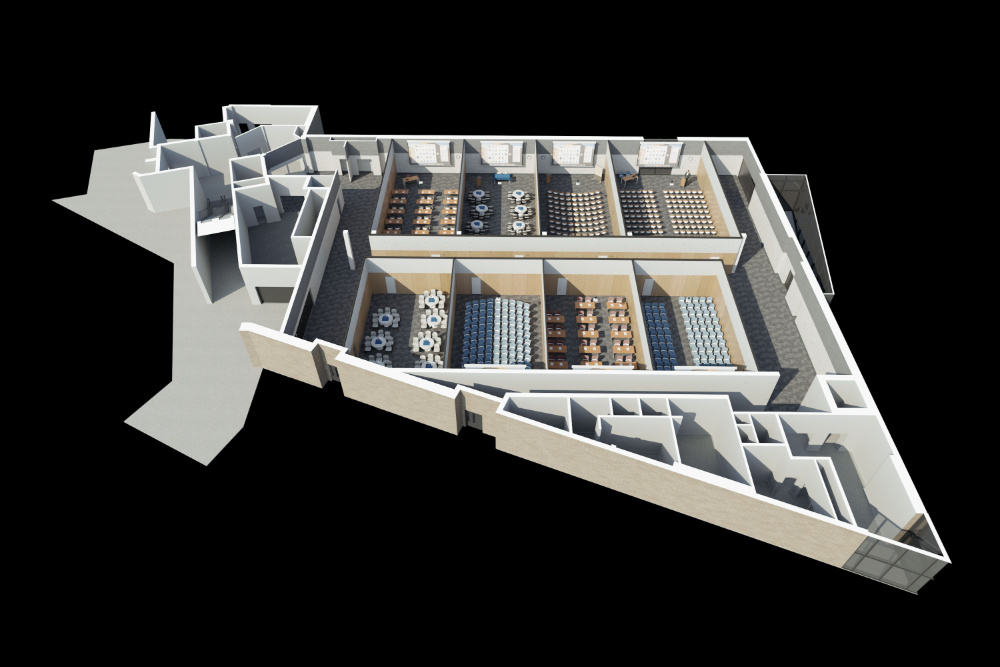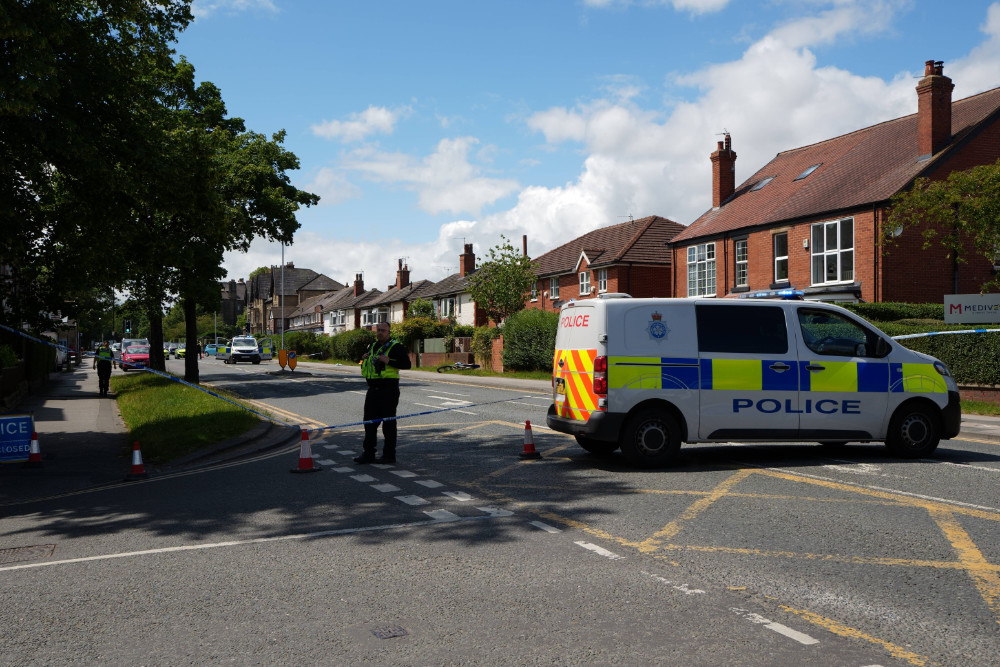Faster clinical intervention for deteriorating patients at Harrogate hospital is to improve safety with go-live of Patientrack early warning system.
A new digital approach to capturing vital signs and recording critical bedside observations will allow hospital staff to respond much more quickly to patients who need urgent attention, following the introduction of Patientrack at Harrogate and District NHS Foundation Trust.
The real-time patient vital signs, early warning and alerting system has now gone live and aims to have a significant positive impact on patient safety, hopefully reducing mortality and allowing healthcare professionals to avoid a wide range of risks and adverse events for patients in their care.
Patientrack will automatically identify and escalate patients who may be deteriorating, before sending alerts directly to those clinicians who need to take action. It will give hospital staff greater visibility of the most ill patients and will allow nurses to spend more of their time directly at their patient’s bedside, instead of having to manually phone around to call for a doctor when intervention is required.
Paper based observation processes will now be completely removed. Patientrack will instead allow nurses to capture observations in real-time at the patient bedside on handheld tablet devices, with clinicians also able to access that information from anywhere in the hospital. The software will then accurately calculate the patient’s national early warning score (NEWS) and use this information to alert doctors to patients who need urgent attention, also telling staff when the next set of observations are due to ensure they are not missed.
Robin Pitts, paediatric advanced nurse practitioner at the trust, said: When a nurse has a deteriorating patient they need a response as quickly as possible. With Patientrack, nurses will no longer need to leave a deteriorating patient to go and identify the right doctor to bleep. The nurse will know that the bleep has already been sent, as the system has calculated the NEWS score for them and automatically alerted the doctor. They know that doctor will respond.
Doctors will be able to review digital information at a glance instantly from anywhere in the hospital along with their bleep. They will immediately know which patient they need to see, at which bed and what that patient’s NEWS score is.
Patientrack will automatically follow our escalation policies, leaving no room for confusion. It will relieve pressure on junior staff. It will make observations easy to carry out, keep staff informed and even allow us to ensure comfort observations are carried out for end of life patients. The exciting safety potential of this is brilliant.
Patientrack will be used in 21 areas of the hospital including all medical and surgical wards, as well as environments such as theatres, A&E and the intensive care unit (ICU). The first ward went live in August 2014, just two months after the contract was signed.
The system is being implemented in a £1.2m clinically led project made possible with money from the government’s Safer Hospitals, Safer Wards Technology Fund. After being awarded £600,000, the trust embarked on competitive tender process before Patientrack was chosen by clinicians, partly due to its intuitive nature and the customisation facility to set variances for different circumstances in the hospital.
Gary Flavell, IM&T project manager at the trust said: Clinicians have driven this project from the beginning. We made an informed decision to work with Patientrack after a lengthy analysis process. The ability to set variance scales for some patients was one key benefit, meaning clinicians can also prevent automatic alerts being sent out at the wrong time for the wrong patients.
The system will also be used by specialist teams. Infection control will, for example, be able to highlight patients with suspicious bowel movements that could lead to infection risks. The critical care outreach team will use Patientrack too and will be able to prioritise care for the most ill patients directly from their office.
Patients can also expect to have shorter stays both on inpatient wards and in ICU, as any deterioration will be identified and dealt with early.
Donald Kennedy, managing director at Patientrack said: This is a compelling example of the NHS taking the initiative with innovative technology to make important advances in patient safety, whilst at the same time embracing the help that UK SMEs can offer.
As more money becomes available through the government’s Integrated Digital Care Fund and the second round of the Nursing Technology Fund, this presents an opportunity for more hospitals to take advantage of these schemes to help improve the quality of care.






